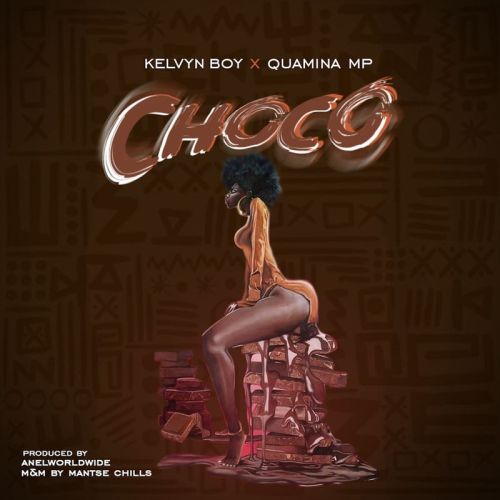
Music is an artistic expression belonging to all the cultures of our planet. Some scholars hypothesize its birth in Africa, when the first known human communities began to spread across the globe. The problem of determining the era that saw the birth of the first forms of musical expression is obviously connected with the definition that one chooses to adopt for the word music. While, in fact, for a theoretical system of organization of sounds, connected to precise aesthetic references, we must wait for ancient Greece [without source], for the first appearance of specific elements, such as the voluntary production, also through instruments, of sounds from part of man, we have to go back to the Paleolithic.
Some evidence in this sense can be deduced from numerous findings both in bone and in stone interpreted as musical instruments. Such are, for example, the Magdalenian flasks of Roc de Mercamps, or the Neolithic lithophones discovered in the vicinity of Dalat (Vietnam).
In the absence of direct or mediated evidence, some hypotheses on the form assumed by primitive music can also be deduced from the observation of peoples whose development is similar to the development of current prehistoric cultures, such as the Brazilian Indians, Aboriginal Australians or some populations African.
It can be assumed that the earliest forms of music arose above all from rhythm: for example, to imitate, by clapping the hands or feet, the beating heart, the cadenced rhythm of running feet, or gallop; or perhaps altering, for fun and boredom, the spontaneous phonations during a tiring and monotonous job, such as, for example, pounding the harvested wheat to make flour, or bending down to collect plants and seeds.
In fact, among the most ancient instruments found we find the slot drum, a hollow cylinder, provided with a longitudinal slot along the external surface, played by striking it with the sticks on the same slot. The most ancient and primitive versions found consist of a hollow trunk, without a crack but resting transversely over a hole in the ground, which was probably played by hitting it with the feet.The Egyptian civilization is among the first civilizations of which there is evidence of musical expression. Here music played a very important role: legend has it that it was the god Thot who gave it to men.
Among the instruments used by the Egyptians, we find the rattlesnakes, the sistrum, linked to Hathor, the trumpet, used in war and sacred to Osiris, the drums, the lute and the flute, sacred to Amon. Another musical instrument very present and characteristic of the Egyptian civilization is the arched harp, equipped with a large sound box. In ancient Egypt, music had both religious functions, it was in fact used in sacred ceremonies, both for fun and entertainment.
The appearance of more sophisticated instruments had to wait longer. The first to be built after percussion were wind instruments (flute, horn) and string instruments (lyre and zither), of which there are Greek, Egyptian and Mesopotamian testimonies prior to the 11th century BC. These civilizations already knew the main intervals between sounds (fifths, fourths, octaves), used as the basis for some systems of scales. A study by the German ethnomusicologist Sachs on the tuning of harps showed that the Egyptians used both a descending pentatonic scale and a heptaphonic scale.
In ancient Greece, music occupied a very important role, both in social life and in religion. For the Greeks, music was an art that included, in addition to music itself, poetry, dance, medicine and magical practices. The importance of music in the Greek world is testified by numerous myths concerning it. One is that of Orpheus, its inventor, who succeeded in convincing the gods of Hades to restore the lost nymph Eurydice to light.
During the archaic period, from the origins to the sixth century BC, music was practiced only by professionals: the aedi and the rhapsodes. They declaimed the myths accompanying themselves with a musical instrument, handing down the music orally. Later, during the classical period, from the sixth to the fourth century BC, music became part of the educational system and was thus popularized. Very few sources of musical writing date back to this period, which were the exclusive heritage of professionals, as music was, as we have already mentioned, handed down orally. Also in the classical period the tragedy developed. The subjects of the tragedy were taken from literary myths and consisted of dialogues between two or three characters alternated with choral songs. The actors were all men, wore masks and performed to the accompaniment of music. The architectural layout of the theater consisted of a semicircular staircase that housed the audience, in front of which there was a stage on which the actors performed, while between the steps and the stage there was an orchestra together with a choir.










